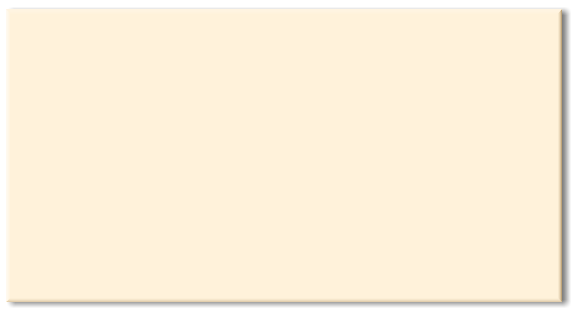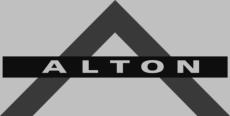
Hi,
I was a design student in the late 50s and early 60s and remember
classes in the basement and under the north stairwell in the Allyn
Building before the Design Department moved to the second floor of
the newly built Morris Library. The department was divided into 2-D
and 3-D (Product-Shelter Design) divisions.
Although images of fellow students come foggily to mind I am able to
recall only a few names (Howard Cotton, Ron Bishop who also played
football at SIU, Claude Stern who actually built a Pease dome south of
C’dale, I believe, Bob Sheridan who left design for art, somebody
Grosvner ?, Woody somebody ?) Most were students in the visual design
section.
Lee
Lee Spalt
The Alton Boxboard trip
The 2-dimensional classes, Elsa’s and
Herb’s classes, took an all day field
trip to the Alton Boxboard Company
in Alton, Illinois. It was a long day.
We saw the entire process starting
with chipping wood, making
paperboard, through designing
packaging.
I remember watching Herb lower his
film movie camera on a string down
into a huge vat filled with churning
emulsified wood fiber to get that
interesting image angle. The day
became quite long. Some of us were
becoming a bit antsy to get on the
road home.
The Company execs seemed to be
interested in recruiting some
designers and invited us to an
evening banquet. Herb and Elsa
huddled, then accepted the offer. A
leisurely meal with much talking
ensued. We were late starting our
trip back to C’dale.
I was drafted to drive one of the
cars. Most of the occupants slept. I
was eager to get home and put the
petal to the metal. We exceeded the
speed limit, perhaps doubled it – my
memory is sometimes given to
hyperbole. Everyone arrived intact
to design another day.
Early design classes in Morris Library
The department moved to Morris Library into makeshift rooms and cubicles
separated by cardboard box walls and fiberboard panels. I recall the location being
on the 2nd floor, but I noted that others have thought the 4th floor was the site. At
the time of the initial move I believe the library had only two floors. The entire
floor was an open warehouse-like space. The department had a portion of that
space. Just outside the department’s space was a wire-enclosed, fenced off storage
area filled with all sorts of surplus university property. We often clung to the fence
and drooled over that collection of exotic stuff and its possible uses.
Much of the space on that floor of the library remained unused. Occasionally the
department commandeered some of that space. Herb was conducting a figure
drawing exercise in the area outside the entrance to the department. His daughter,
probably high school age, served as a model. Among his other instructions Herb
encouraged students who had difficulty “understanding” the visual and spatial
aspects of the model to “feel” the model in order to better appreciate the subject.
Herb’s instructions were offered with a sober, serious face. What we were curious
about and didn’t understand was the psychodynamics, if any, that were going on
between the instructor and the model. We students remained at our drawing pads
and did the best that we could with visual observation only.
The department had a photography darkroom just inside the department’s entrance
across the hallway from a small conference/waiting area leading to Harold Cohen ‘s
office. Digital photography had not yet been conceived. A humongous wooden
camera with rolls of photosensitive paper was located there and was at our
disposal. We availed ourselves of its offerings mightily. Behind that camera the
darkroom proper resided with a couple of Besler enlargers and a few completely
dark film changing rooms/closets. A long trough-like sink down the center of the
darkroom provided for the trays of developer, stop, fix and wash solutions.
There were also some large general purpose sinks that sometimes tended to
accumulate debris, paper towels, etc. A plumbing failure left us without water one
day. We suffered, did the best that we could, and left at the end of the day, a
Friday I believe, without cleaning the sinks or checking the water taps. Upon
returning to the department the next morning, or perhaps the next Monday
morning, we were greeted by a mini waterfall cascading down the library’s
stairwell to the department. The plumbing problem had be resolved.

TV Interview
Click the picture to open
a new window where you
can view a half hour
interview with Lee Spalt.
Lee is interviewed by
Najjar Abdul-Musawwir,
the host of the WSIU TV
Expressions show.


Design at Southern Illinois University



















